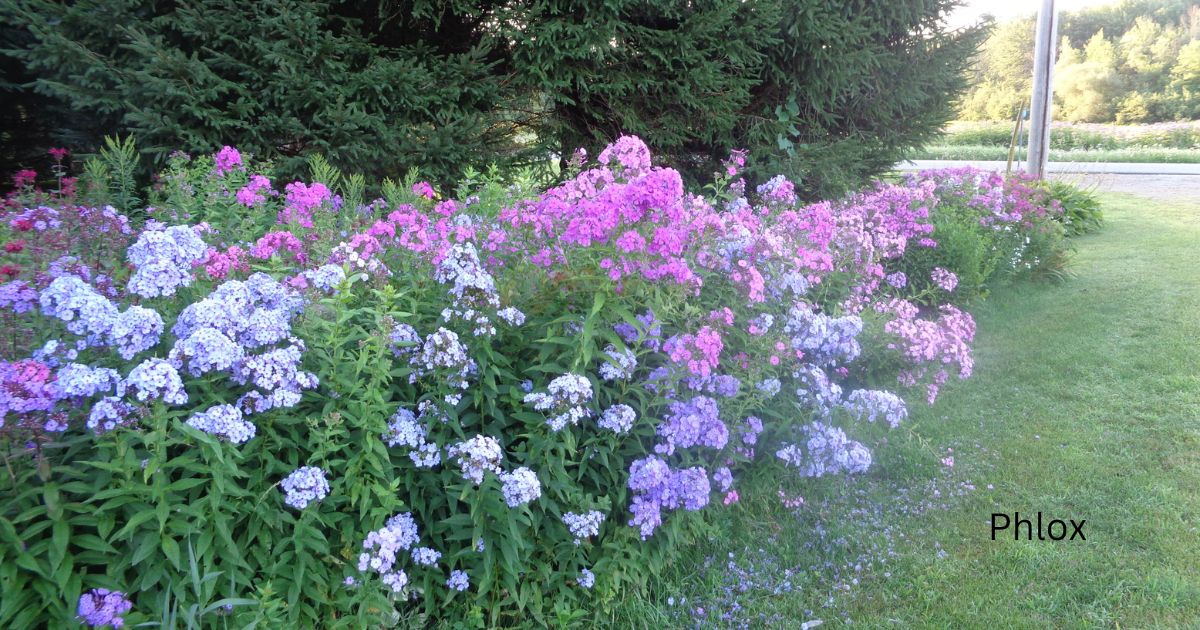Starting with the soil is key. Your plants depend on it for nutrients, water, and stability. Focus on testing the soil’s pH and nutrient levels to know what you’re working with, and then adding in some organic matter like compost can vastly improve its quality.
Pick plants that match your local climate and soil type. Not every plant will thrive in all conditions. Think native species—they’re adapted to your area’s specific environment and usually need less care.
Watering might seem straightforward, but it can get tricky. The goal is to moisten the soil without overwatering it. Morning watering is ideal to allow excess moisture to evaporate with the day’s heat, although drip irrigation or soaker hoses can help keep things efficient also.
Fertilizers and compost act like multivitamins for your garden. Chemical fertilizers give a quick nutrient boost, but organic options like compost and manure are more sustainable. They improve soil structure and health over time.
Keep an eye out for common garden pests and diseases. Aphids, slugs, and fungal infections can wreak havoc if left unchecked. Natural remedies like neem oil for pests or baking soda solutions for fungi can help maintain a healthy garden.
Cultivating a Blooming Flower Wonderland
Choosing the right flowers can transform your garden into a stunning wonderland.Therefore think about color, texture, and bloom time. Seasonal flowers like tulips in spring, sunflowers in summer, and mums in the fall can keep your garden in perpetual bloom.
When planting flowers, proper spacing is crucial because crowded plants compete for nutrients and water. As a rule of thumb, follow the planting recommendations on the seed packet or plant tag.
Watering flowers isn’t a one-size-fits-all task. Some need daily moisture, especially during hot spells, while others prefer a good soaking every few days. Pay attention to your flowers’ specific needs to keep them happy.
Feeding your flowers isn’t just about throwing some fertilizer down. Different flowers have different nutrient needs. Use a balanced, slow-release fertilizer to provide the necessary nutrients throughout the growing season.
Deadheading, or removing spent blooms, encourages many flowers to produce more blooms. It also keeps the garden looking tidy. Regular maintenance can extend the blooming season significantly.
Each season brings specific tasks for flower care. Spring might require soil prep and planting, while summer focuses on consistent watering and pest control. Fall can involve planting bulbs for next spring, and winter might be about protection from frost.
Combining different colors and textures can make your garden pop. Mixing tall and short plants, various leaf shapes, and a range of bloom colors creates a visually interesting and dynamic garden.
Growing and Maintaining Beautiful Trees Around Your Home
Selecting the right tree species is like finding the perfect roommate. Consider how tall the tree will grow, its root spread, and its canopy size. Local species usually integrate better with your environment, and can last a few lifetimes so plan well on where you plant them.
Planting trees requires some planning. Choose a site that allows the tree ample space to grow. Dig a hole twice as wide as the root ball but only as deep. This gives roots room to spread out without sinking too deep.
Watering newly planted trees is essential for the first couple of years. Deep watering once a week encourages roots to dive down, making the tree more drought-resistant. Older trees need less frequent but still deep waterings.
Mulching around the tree base helps retain moisture and control weeds. A ring of mulch, about 3-4 inches deep and spread out from the trunk (leaving some space around the trunk base), works wonders.
Pruning keeps your tree healthy and looking good. Remove dead or diseased branches and ensure air and light can penetrate the canopy. Pruning should be done in late winter or early spring, depending on the tree type.
Pest and disease management is critical. Keep an eye out for signs of trouble like discolored leaves, bark cracking open or unusual growths, or insect infestations. Treat issues promptly with appropriate remedies, whether organic or chemical.
Trees offer countless benefits. They improve air quality, provide shade, and enhance property value. On the emotional side, trees can bring tranquility and even reduce stress levels. Remember, they are a long-term investment in your home’s beauty and ecology.
